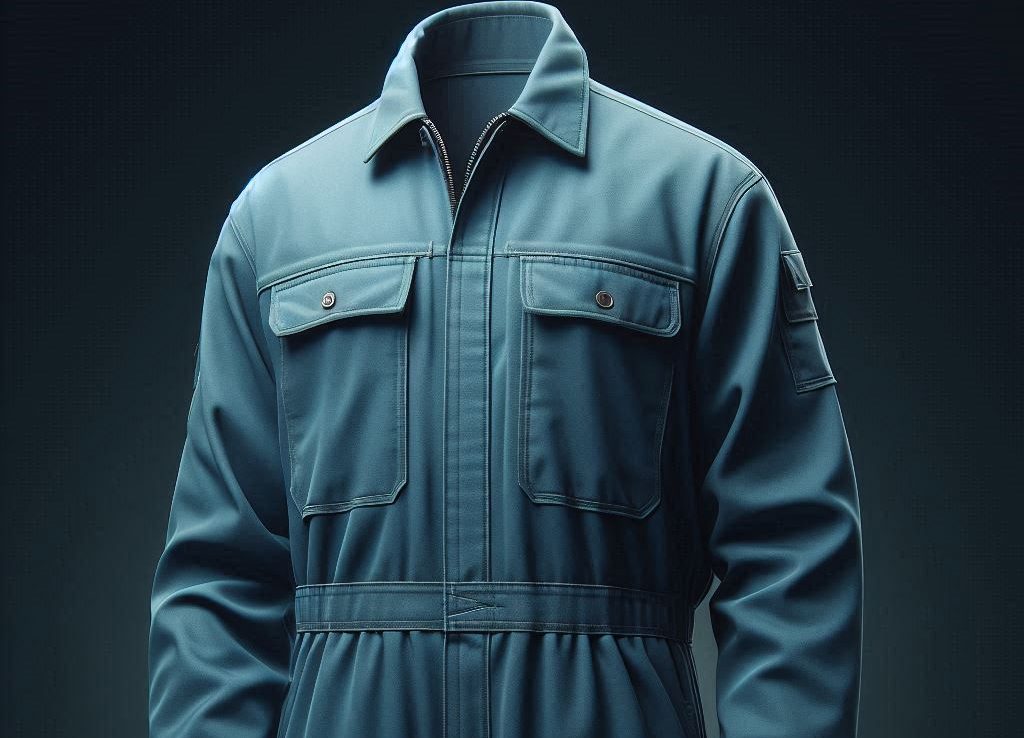When designing coveralls or boiler suits, it’s essential to adhere to standards and regulations that ensure protection and safety in various work environments. Below are the minimum design requirements based on ANSI, ISO, and UAE safety regulations:
1. ANSI/ISEA 101 (American National Standards Institute / International Safety Equipment Association)
- General Requirements:
- Coveralls should provide adequate protection against specific workplace hazards, including chemical, thermal, and mechanical risks.
- Material:
- Should be made from durable, abrasion-resistant fabrics that meet the necessary performance requirements for the intended use.
- Sizing and Fit:
- Design must allow for freedom of movement while ensuring the garment fits securely without being overly loose.
- Closure Systems:
- Should have reliable fastening mechanisms (zippers, snaps, or Velcro) to ensure complete closure.
- Pockets and Features:
- Must include functional pockets for tools and equipment, with secure closures to prevent items from falling out.
2. ISO 20471 (International Organization for Standardization)
- High-Visibility Requirements:
- Coveralls must be designed to provide high visibility, especially for workers in environments with vehicle traffic or low-light conditions.
- Color and Reflective Material:
- Must be made from fluorescent materials and have reflective bands that enhance visibility (specific surface area requirements based on class).
- Mechanical Resistance:
- The fabric should be resistant to tearing, abrasion, and puncture, ensuring durability in demanding environments.
- Comfort:
- Should include features for comfort, such as ventilation, moisture-wicking properties, and adjustable cuffs.
3. UAE Safety Regulations
- Compliance:
- Coveralls or boiler suits must comply with relevant ANSI and ISO standards.
- Specific Hazards:
- The design should consider the specific risks present in the work environment (e.g., chemical spills, heat, flames).
- Marking and Labeling:
- Must be labeled with care instructions, compliance information, and manufacturer’s details in both Arabic and English.
- Inspection and Maintenance:
- Users should regularly inspect coveralls for signs of wear, damage, or contamination that could compromise safety.
- Training:
- Employees should be trained on the appropriate use of coveralls, including when to wear them and how to maintain them.
Summary
In summary, when designing coveralls or boiler suits, ensure compliance with ANSI/ISEA 101, ISO 20471, and UAE safety regulations. Key design elements include durable materials, high visibility features, proper sizing and fit, secure closure systems, and suitable protection against workplace hazards. Regular inspections and employee training are essential for maintaining the effectiveness of the protective garments.

